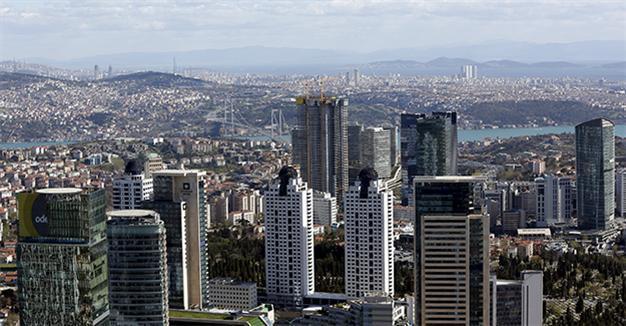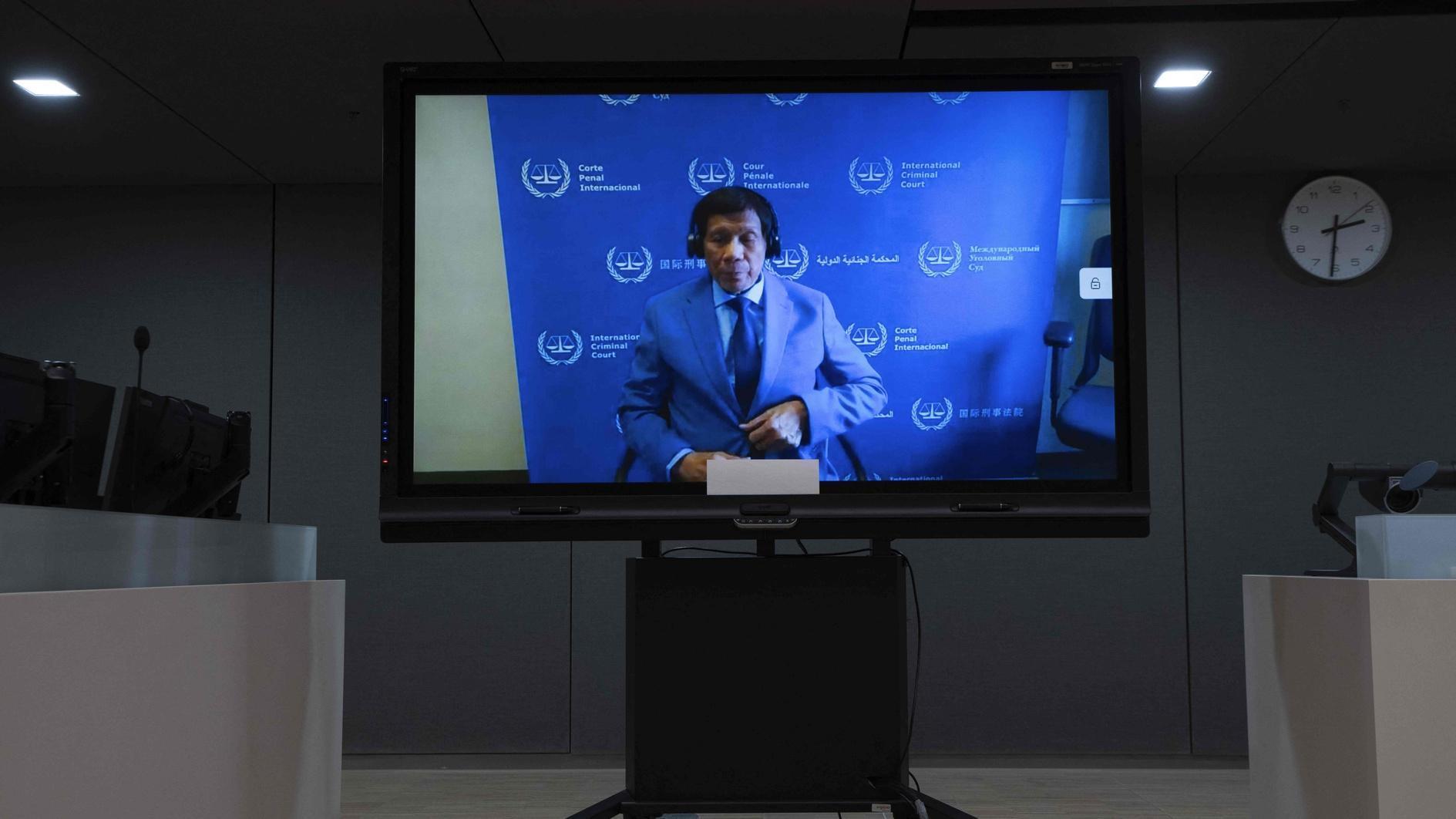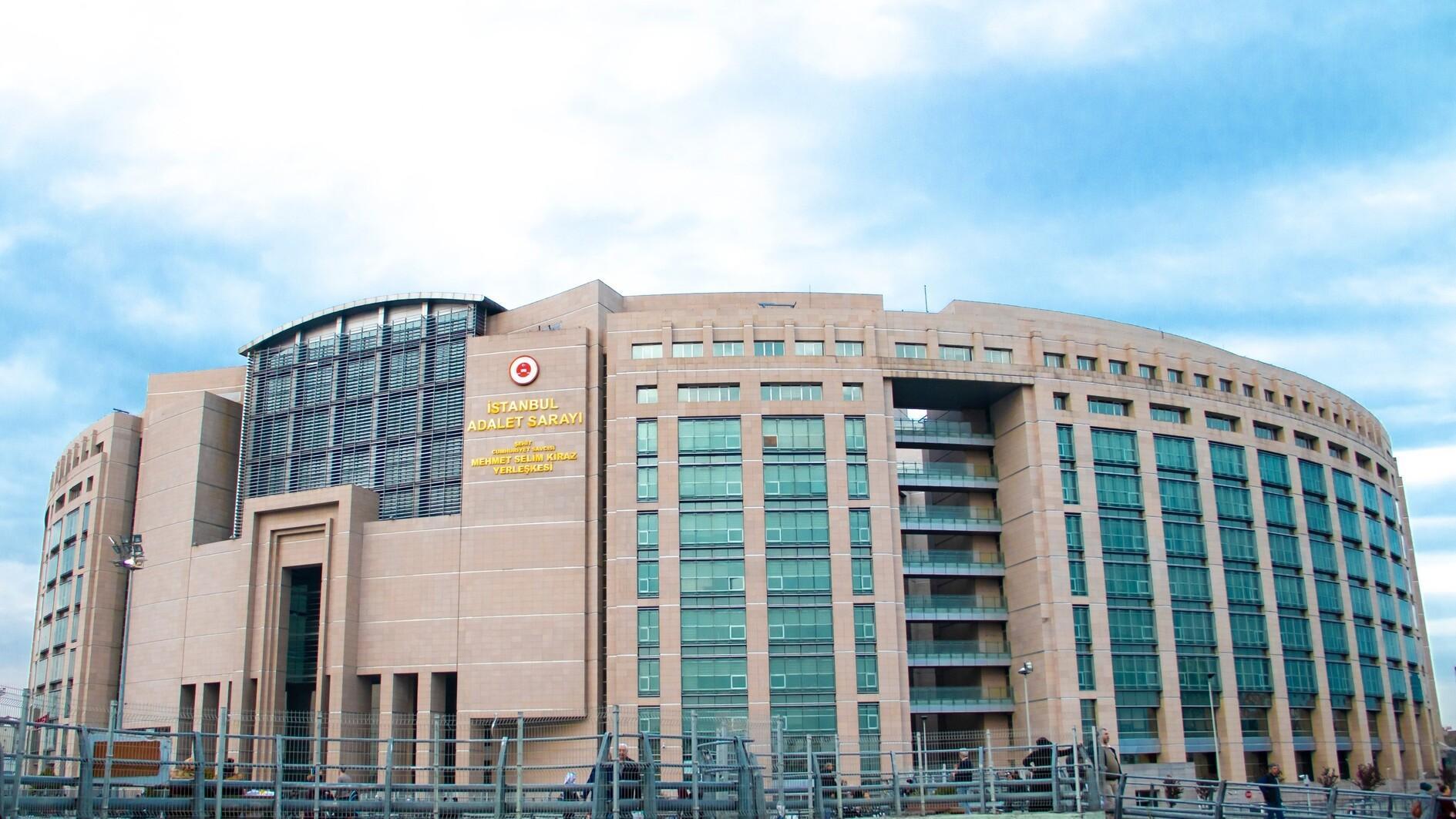Experts contest recent earthquake study, expect larger magnitude quake in Istanbul
ISTANBUL

REUTERS photo
In response to a recent claim by Boğaziçi University’s Kandilli Observatory that any potential earthquake in Istanbul and the greater Marmara Sea region would not exceed 7.0 magnitude, several geological experts have contested the statements, saying a potential quake could be even larger.Based on results of the university’s EU-supported “MARSite” project, coordinator Prof. Nurcan Meral Özel said the tension building along an active fault line near Istanbul’s Princes’ Islands is powerful enough to create a 7.0 magnitude earthquake. However, as the North Anatolian Fault is made up of smaller pieces a rupture would not be a big one emanating from a single point, but rather through smaller fault lines.
Daily Habertürk reported on June 23 that experts say it is wrong to reveal the results of the study before completion.
“It is wrong to make a statement on an unfinished project ... They are talking about a project that is still ongoing. What’s more, calculations are made based on the length of the fault line. We do not know if they say this after seeing shrinkage in the length of the fault. They said the fault was fragmented. We already confirmed this during studies after 1999. This study says nothing new ... Even if [the fault line] has shrunk further, a potential quake would still exceed 7.0 magnitude,” said geologist Prof. Okan Tüysüz.
Geophysics engineer assistant professor Dr. Oğuz Gündoğdu also said the 250 years of energy build-up would lead to a quake great than 7.0 magnitude.
“Earthquakes see motions over 250-year periods. So it is obvious that the study took the 1766 earthquake as an example ... The example is correct but the conclusion is wrong. A 250-year energy build-up would not lead to an earthquake smaller than 7.0, it would exceed 7.0. They have divided the fault lines in the north in segments but could not say anything about the big quake we are expecting here. How do they know where the rupture will take place or stop?” said Gündoğdu, adding that Kandilli Observatory only referred to the Prince Islands area.
Marine geologist Prof. Naci Görür, meanwhile, said it was difficult to predict that an expected earthquake would be less than 7.0 and the study should instead have underscored the seriousness of the risk of a potential earthquake in Istanbul.
The $8-billion MARSite project defines the Marmara Sea as one of the most risk-prone regions around the Mediterranean Sea and put in place a wide range of comprehensive monitoring activities in both the Marmara Sea and its surrounding urban and rural regions.
The City Risk Index 2015-2025 prepared by Lloyd’s, the world’s leading market for specialist insurance and reinsurance, reported a 65 percent chance of a 7.0 magnitude or higher earthquake in Istanbul within the next 30 years.
















